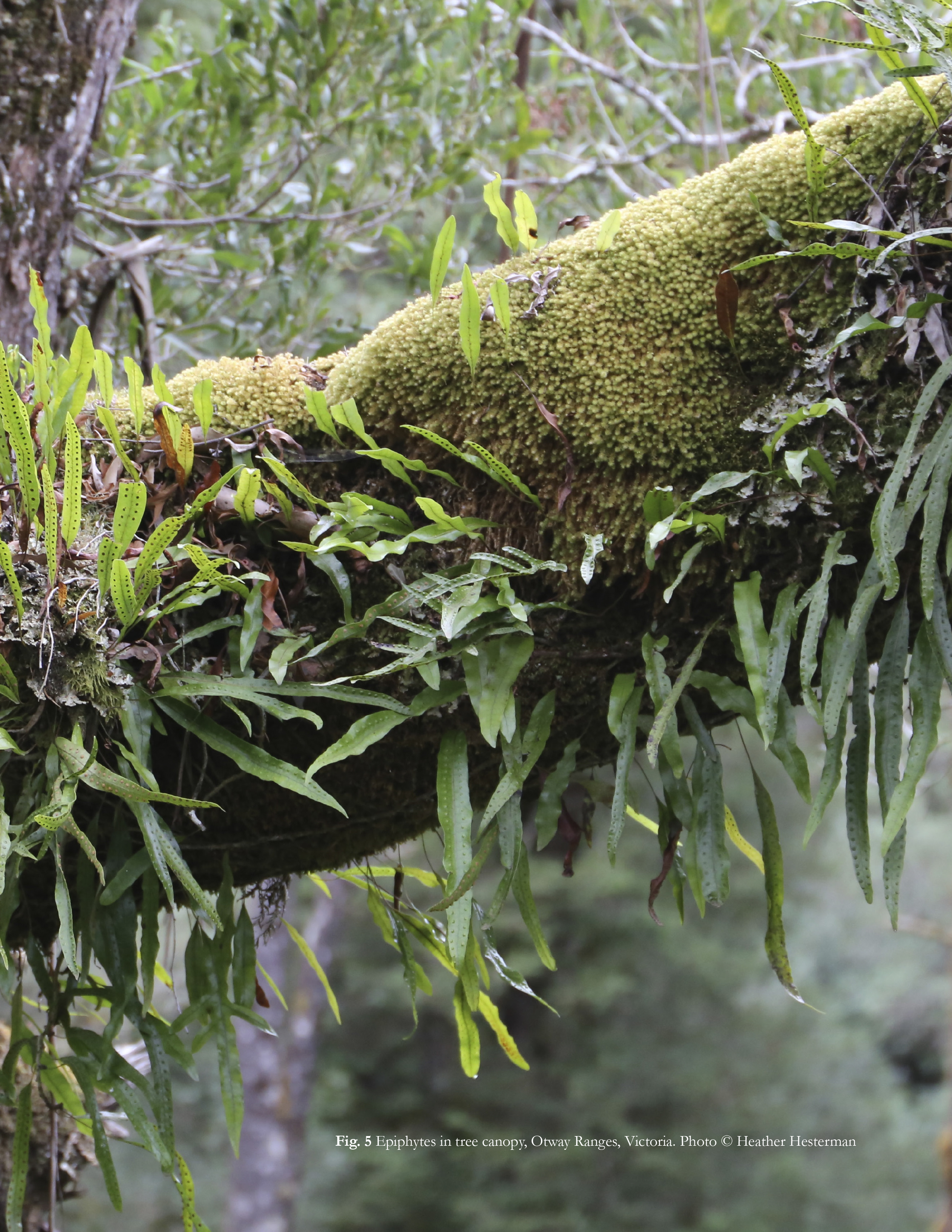Cultivating Chlorophilia
Exploring connections with nature through co-operative and participatory art projects
DOI:
https://doi.org/10.60162/swamphen.8.16705Keywords:
chlorophilia, plant art, participatory art, multispecies entanglement, vegetal-beings, plant love, urban forests, socially-engaged art, making-kin, Naarm, MelbourneAbstract
Chlorophilia, a human’s love or attraction to trees and plants (van Biesen), promises an alternative poetic encounter with nature that provokes the question: Can art mediated experiences influence concern and care for flora and the environment? Drawing upon art projects—including Melbourne City Council’s Urban Forest Visual Map (2013) in which people emailed individual trees—I examine how exchanges between humans and plants, mediated by art, can result in emergent states that escape the bounds of the predictable. Focussing on practice within an eco-social paradigm, this paper is historically contextualized by Agnes Denes’ and Katie Paterson’s art projects, where cultivation and growth stands as an essential action. Furthermore, my own projects in Moonee Valley, Craigieburn and Melbourne offer insights into this enquiry via direct observation, reflexivity and practice-based research. I argue that encouraging an engagement with nature via haptic and ocular modes of art practice may facilitate a deeper engagement with, and/or increased appreciation for, flora. Creating circumstances within both gallery and public contexts to engage people with plants, as real and imaginary propositions, offers community members of all ages a mediated pathway into participation and conversation. I speculate that these encounters may assist in establishing connections and creating multispecies relationships in both the short and long term.

Downloads
Published
Issue
Section
License
Authors who publish with this journal agree to the following terms:- Authors retain copyright and grant the journal right of first publication with the work simultaneously licensed under a Creative Commons Attribution License that allows others to share the work with an acknowledgement of the work's authorship and initial publication in this journal.
- Authors are able to enter into separate, additional contractual arrangements for the non-exclusive distribution of the journal's published version of the work (e.g., post it to an institutional repository or publish it in a book), with an acknowledgement of its initial publication in this journal.
- Authors are permitted and encouraged to post their work online (e.g., in institutional repositories or on their website) prior to and during the submission process, as it can lead to productive exchanges, as well as earlier and greater citation of published work (See The Effect of Open Access).
